Sparkling Vinification
Sparkling wines are produced with different methods:
The Traditional Method
Champagne. Cremant. Cava.
The Tank Method
Prosecco. Lambrusco. Sekt.
The CO2 Injection Method
Lower quality wines.
The Traditional Method
PressingThe grapes are pressed to release the juice. | |
First FermentationThe juice is transformed into wine (sugar is fermented into alcohol). | |
BlendingDifferent wines are blended to create a perfect combination. | |
Second FermentationThe blended wines are fermented in bottles sealed with a metal cap. | |
RiddlingThe bottles are turned very slowly to sink the sediments. | |
DisgorgementThe top of the bottles are frozen to remove the sediments. | |
DosageA "dosage" of juice/sugar and spirit is added to the bottle. |
Level 1 / Level 2
This a simplified description of the traditional method.
Making French Champagne is more strictly regulated.
A description about Champagne vinification is found in Level 2.
Pressing

Pressing separates the liquid (juice) from the solids (skins, seeds, stems).
By gradually increasing the pressure, the juice can be seperated into different qualities.
For Champagne and Crémant these qualities are strictly regulated.
First Fermentation
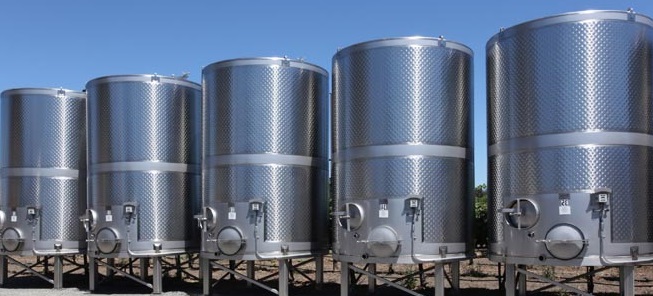
Alcoholic fermentation transforms grape juice into wine
The first fermentation transforms the grape juice into wine. Yeast transforms sugar into alcohol.
Most producers ferment in stainless steel tanks which gives the purest expression of fruit.
Blending
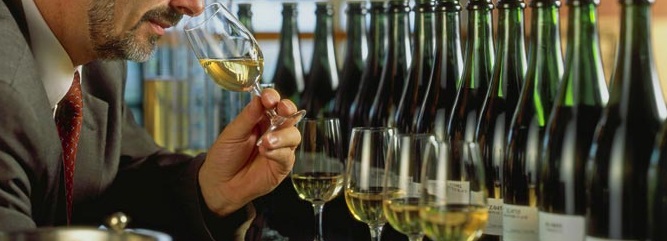
Trying to create a perfect combination
The blending takes place in the winter/spring, when winemakers taste different wines from different vineyards (or regions), trying to blend the perfect combination.
Typical varieties to blend are Chardonnay and Pinot Noir.
Vintage wines must be a blend of wines from the same year.
Non-vintage wines can be a blend of wines from different years.
Second Fermentation

The second fermentation takes place in the bottle
The second fermentation takes place inside the bottle, hermetically sealed with a plastic stopper and a metal cap:
The second fermentation is kick-started by adding a blend of wine, sugar, and yeast.
The fermentation lasts from 6 to 8 weeks, while yeast consumes sugar, creates alcohol, and releases the carbon dioxide that creates the bubbles.
Riddling
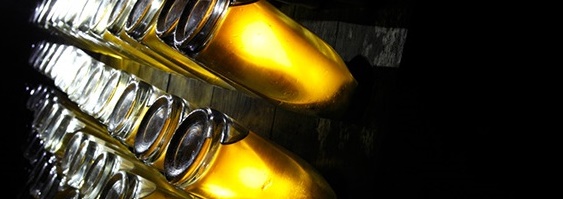
Riddling takes place with the bottles upside down
Riddling involves turning uptilted bottles very slowly to bring the sediments (dead yeast and waste) down to the bottom (to the cap).
Bottles stored on the side are slowly moved to an upside down position, allowing the sediment to slide gradually down to the neck.
Traditionally riddling was done by hand, but today riddling is often automated with a machine (a gyropalette) twisting hundreds of bottles at a time.
Disgorgement

Disgorgement is about removing the sediment collected around the cork after riddling
To remove the sediment around the cork, the neck of the bottle is placed in an ice cold solution, rapidly frozen (-25 / -30°C), and then brought upright to remove the cap.
When the cap is removed, the 6 to 8 bars pressure in the bottle ejects the frozen sediment out of the bottle.
Dosage
Dosage refers to the addition of a "Liqueur d'Expedition" to the top of the bottle to regulate sweetness and profile.
Liqueur d'Expedition is a solution of base wine, sugar and sulfites (preservatives).
Resealing
To withstand the inside presure of 6 to 8 bars, sparkling wines have thicker bottles.
In addition they are corked with a mushroom shaped cork and a wire cage.
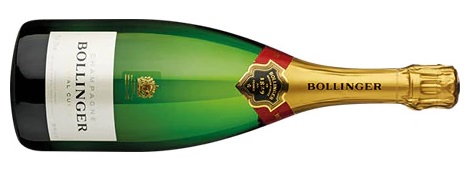


Traditional Method Wines
- Champagne (France)
- Crémant (France: Alsace, Bordeaux, Bourgogne, Die, Jura, Limoux, Loire, Savoie)
- Cava (Spain)
- Franciacorta DOCG (Lombardy/Italy)
- Alta Langa DOCG (Piemonte/Italy)
- Oltrepò Pavese Metodo Classico (Lombardy/Italy)
- Trento DOC (Trentino/Italy)
- Cap Classique (South Africa)
Vinification Sparkling
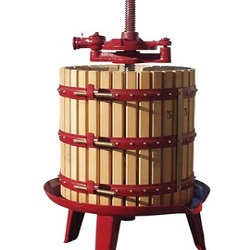 |
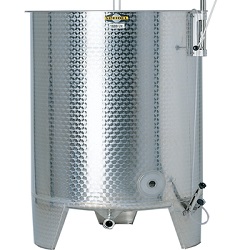 |
||
| Pressing | 1st Fermentation | Blending | 2nd Fermentation |
| Riddling | Disgorgement | Dosage | Aging |
Champagne is fermented two times. Once in tanks. Once in the bottle.
Vinification White
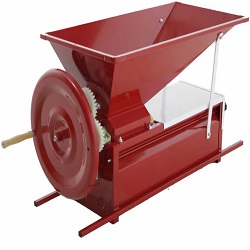 |
 |
 |
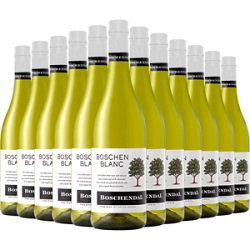 |
|
| Crushed for Must |
Pressed for Juice |
Fermented for Alcohol |
Maturated for Taste |
Aged for Taste |
White wine is fermented WITHOUT the skins. The grapes are pressed BEFORE fermentation.
Vinification Red
 |
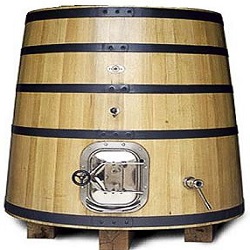 |
 |
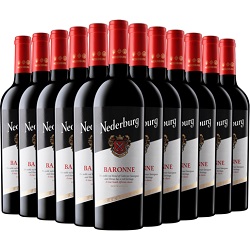 |
|
| Crushed for must |
Fermented for alcohol |
Pressed for wine |
Maturated for taste |
Aged for taste |
Red wine is fermented WITH the skins. The grapes are pressed AFTER fermentation.